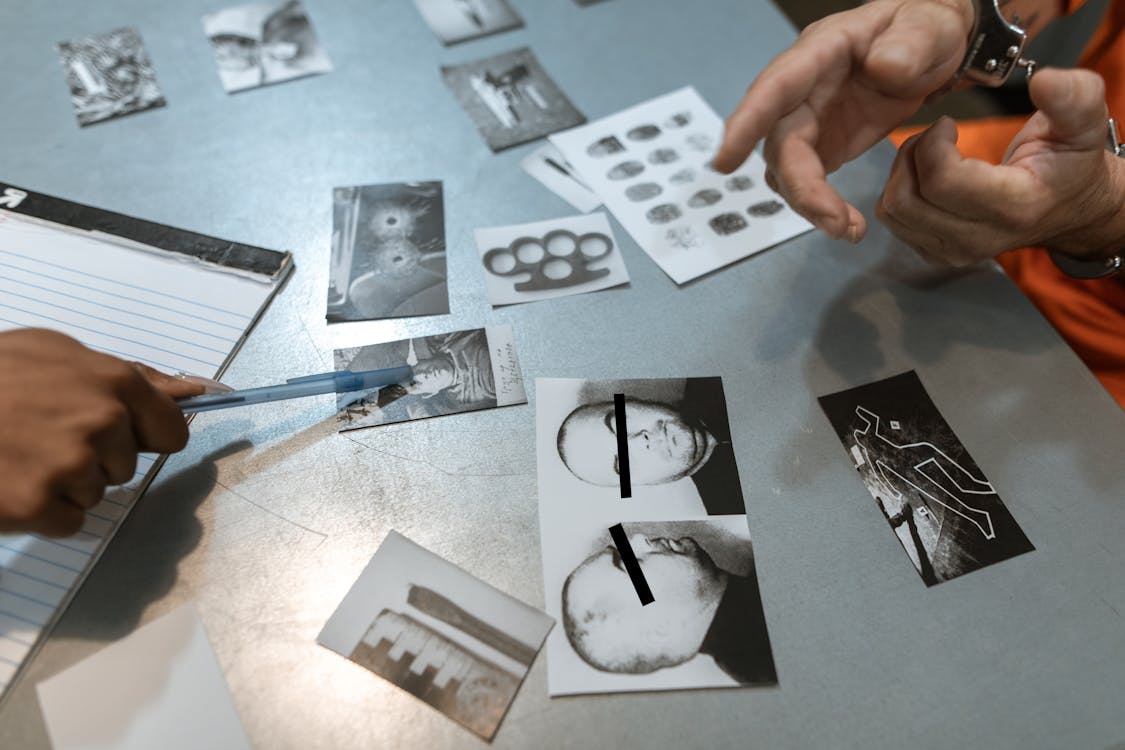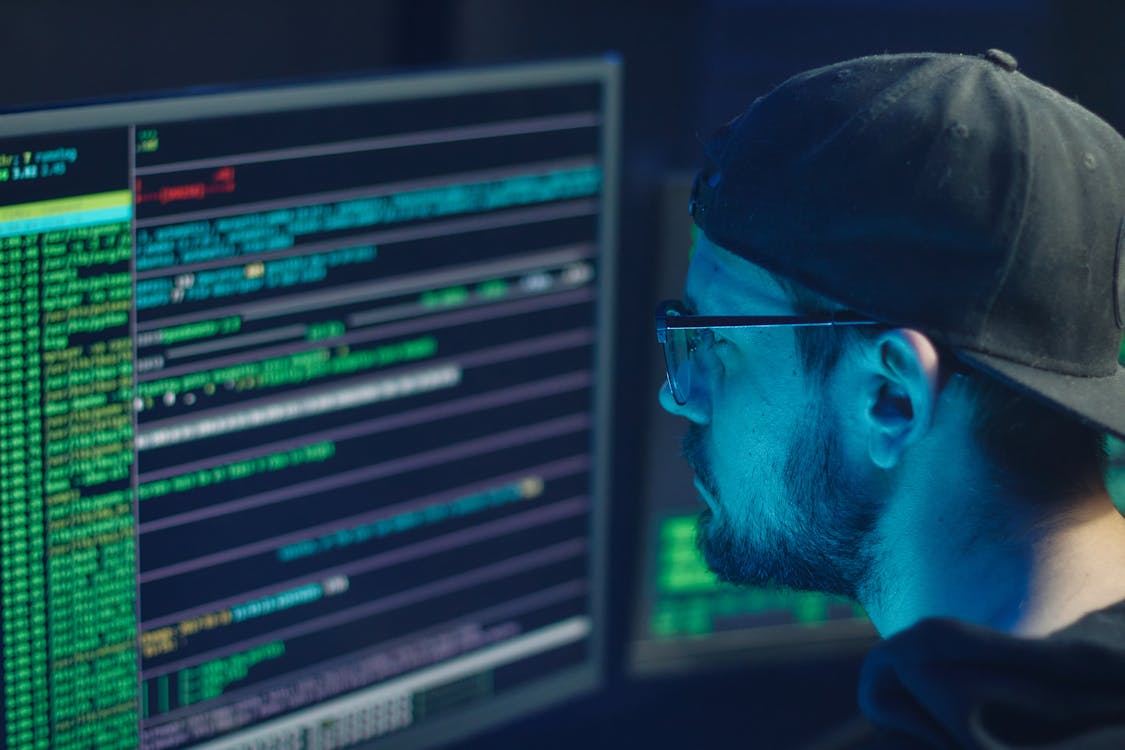In today’s digital landscape, data breaches have become an ever-present threat, affecting businesses, government institutions, and individuals alike. Cybercriminals exploit vulnerabilities to steal sensitive information, causing financial loss, reputational damage, and legal repercussions. In response, digital forensics has emerged as a critical field for investigating breaches, identifying perpetrators, and securing justice. Digital forensics services, including audio authentication services and expert witness testimony, play a crucial role in tracing the source of cyberattacks and ensuring accountability.
Understanding Data Breaches
A data breach occurs when unauthorized individuals gain access to confidential information, whether through hacking, insider threats, malware, or human error. The compromised data can include financial records, personal identification information, intellectual property, and classified business communications.
Common Causes of Data Breaches
- Phishing Attacks– Cybercriminals trick users into revealing credentials through deceptive emails or websites.
- Malware and Ransomware– Malicious software infiltrates systems, stealing or encrypting data until a ransom is paid.
- Insider Threats– Employees or contractors with access to sensitive data misuse their privileges for personal gain.
- Weak Passwords and Poor Security Measures– Unsecured systems and predictable passwords provide easy access for hackers.
- Cloud Misconfigurations– Incorrect security settings in cloud storage lead to unauthorized data exposure.
The aftermath of a data breach can be devastating, resulting in financial losses, legal action, and loss of consumer trust. This is where digital forensics services come into play.
The Role of Digital Forensics in Investigating Breaches
Digital forensics is the science of collecting, preserving, and analyzing electronic data to investigate cybercrimes. When a data breach occurs, digital forensics experts work to identify how the attack happened, who was responsible, and what information was compromised.

Key Steps in Digital Forensic Investigations
- Incident Response and Evidence Collection
- The first step in any digital forensic investigation is securing the affected system to prevent further damage.
- Experts create forensic copies of compromised devices to preserve original evidence.
- Log files, network activity records, and system memory dumps are collected for analysis.
- Data Analysis and Reconstruction
- Investigators examine system logs, metadata, and encrypted files to trace unauthorized access.
- Deleted or altered files are recovered to determine what information was stolen or modified.
- Behavioral analytics help identify suspicious activities leading up to the breach.
- Tracing the Source of the Attack
- IP addresses, device identifiers, and geolocation data help pinpoint attackers.
- Advanced techniques like steganalysis detect hidden messages or altered files used by cybercriminals.
- Audio authentication servicesmay be used in cases involving voice-related cybercrimes, ensuring recorded communications are genuine.
- Expert Witness Testimony and Legal Proceedings
- Forensic experts provide expert witness testimony in court, explaining their findings in a way that judges and juries can understand.
- Their reports serve as crucial evidence in legal cases against cybercriminals.
Digital Forensics Services for Data Breach Investigations
Specialized digital forensics services help organizations mitigate damage and recover from data breaches. These services include:
- Network Forensics– Analyzing network traffic to detect anomalies and pinpoint unauthorized access.
- Endpoint Forensics– Examining compromised devices, including computers, smartphones, and IoT devices.
- Database Forensics– Investigating unauthorized access or alterations to databases containing sensitive information.
- Cloud Forensics– Tracing breaches in cloud-based services and identifying misconfigurations.
- Audio Authentication Services– Validating the authenticity of recorded conversations, often used in corporate fraud cases.

Preventing Future Data Breaches
While digital forensics is essential in investigating breaches, proactive cybersecurity measures can help prevent attacks altogether. Organizations should:
- Implement multi-factor authentication (MFA)to secure accounts.
- Regularly update software and security patchesto close vulnerabilities.
- Conduct cybersecurity trainingto educate employees on recognizing threats.
- Deploy intrusion detection systems (IDS)to monitor for suspicious activity.
- Utilize data encryptionto protect sensitive information.
The Role of Audio Authentication in Cybercrime Investigations
In the digital forensics landscape, audio authentication services play a crucial role in verifying the legitimacy of voice recordings used as evidence in cybercrime investigations. Cybercriminals often use voice phishing (vishing) to trick individuals into revealing sensitive information. In such cases, forensic experts analyze recorded calls to determine if they have been tampered with or manipulated.
Audio authentication involves examining background noise, speech patterns, and digital signatures to detect alterations. For instance, if a cybercriminal tries to use voice deepfakes to impersonate executives in a business email compromise (BEC) scam, forensic specialists can identify inconsistencies in speech synthesis and frequency anomalies. These findings can be critical in tracing the source of the attack and preventing further fraud.
Additionally, audio authentication is essential in cases involving insider threats, blackmail, or fraudulent recordings submitted as evidence in court. By validating the authenticity of such recordings, forensic experts help establish the credibility of digital evidence, ensuring that legal proceedings are based on accurate information.
Legal Challenges in Digital Forensic Evidence
While digital forensics services provide critical insights into data breaches and cybercrimes, the legal system faces challenges when handling forensic evidence. One of the main issues is the admissibility of digital evidence in court. To be considered valid, forensic evidence must be collected and analyzed using legally accepted methods that maintain data integrity.
Another challenge is the chain of custody, which refers to the documentation and handling of digital evidence from the time it is collected until it is presented in court. If any part of the process is mishandled, the evidence may be deemed inadmissible, weakening the case against cyber criminals.

Furthermore, data privacy laws and international regulations complicate forensic investigations. Forensic experts must navigate laws such as the GDPR (General Data Protection Regulation) in Europe or the CCPA (California Consumer Privacy Act) in the U.S. when accessing and analyzing breached data. Compliance with these regulations ensures that investigations do not infringe upon privacy rights.
Another legal challenge is the use of expert witness testimony in court. While digital forensics experts provide crucial insights, their testimony must be presented in a way that is understandable to judges and juries who may not have technical expertise. This requires forensic professionals to communicate complex findings in clear, concise terms while ensuring their methodologies meet legal standards.
Emerging Trends in Data Breach Investigations
As cybercriminal tactics evolve, data breach investigations must adapt to new challenges. One emerging trend is the use of artificial intelligence (AI) in digital forensics. AI-driven tools can analyze massive amounts of data, detect patterns in cyberattacks, and automate forensic analysis, reducing investigation times.
Another growing trend is cloud forensics, as more businesses rely on cloud-based services. Cybercriminals often exploit misconfigurations in cloud environments to gain unauthorized access to sensitive data. Digital forensics teams now focus on identifying breaches in cloud storage, tracking unauthorized logins, and ensuring compliance with cloud security protocols.
Additionally, the rise of ransomware attacks has increased the demand for digital forensics services to trace the origins of these threats. Investigators work to track cryptocurrency transactions linked to ransom payments, uncovering connections between hackers and their financial networks.
With cyber threats becoming more sophisticated, digital forensic techniques continue to evolve, ensuring that organizations remain one step ahead in protecting their digital assets.

Data breaches pose significant risks, but digital forensics provides the tools necessary to investigate, recover, and hold cybercriminals accountable. By leveraging digital forensics services, including audio authentication services and expert witness testimony, organizations can not only trace the source of an attack but also strengthen their cybersecurity defenses. As cyber threats evolve, businesses must stay vigilant and embrace forensic technologies to protect their digital assets.
If your organization has experienced a data breach, trust Eclipse Forensics to uncover the truth. Our digital forensic services help trace cyberattacks, recover lost data, and secure vital evidence. From audio authentication services to expert witness testimony, we provide reliable solutions for legal and corporate investigations. Protect your digital assets—contact Eclipse Forensics today!






























